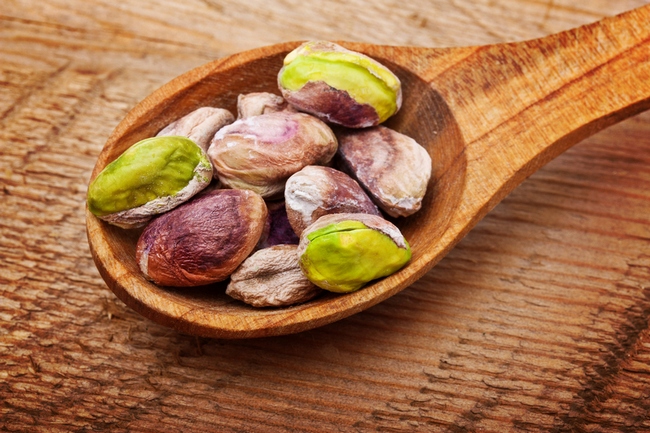Don't Miss
- Make It Yourself Lavender Heart-Shaped Bath Bombs!
- 20 Things You Never Knew About “Down There”
- 12 Best Foods For Those Suffering From Arthritis Pain
- 12 Personal Hygiene Mistakes Almost Everyone Makes (Mom Never Told You About #4!)
- 15 Medicinal Plants And Herbs From The Cherokee People
- 12 Mind-Blowing Benefits Of Drinking Coconut Water During Pregnancy
- 12 Outstanding Winter Foods That Won’t Fatten You Up Like A Christmas Turkey
Free Subscription To the Freshest Health News And Tips
Hide this
This One Simple Food Can Improve Heart Health for Diabetics
It’s good to note that pistachios contain a lower overall calorie content of only 160 calories per ounce. This is much lower than other nuts such as walnuts, cashews, or almonds, as well as dried fruit. They also contain more protein than any other nut while having the lowest amount of fat.
SEE ALSO: 21 Foods For Healthy Heart Infographic
Besides being heart healthy, pistachios offer a great deal of other health benefits including:
- Helps to control weight – Pistachios should be the first choice for those who are trying to lose weight. Pistachios are low in calories, high in protein, and low in saturated fat.
- Supports eye health – Pistachios have powerful antioxidants such as zeaxanthin, and lutein, which are super helpful in reducing the risk of developing age related eye disease (macular degeneration) as we grow older.
- Keeps skin healthy – Pistachios virtually eliminate dry skin from the inside out. It’s the saturated fat in these nuts that keep your skin soft and supple.
- Aphrodisiac compounds – The next time you want to add a little zest to your love life, eat some pistachios. Studies done in 2011 show that men who ate as little as 100 grams of pistachios daily for three weeks has as much as a 50 percent improvement in their erectile function.
- Great source of fiber – Pistachios are a terrific source of fiber, which helps improve digestion as well as elimination. Just one ounce of pistachios has 3 grams of fiber, plenty to keep things in your digestive tract moving along smoothly.
- High in antioxidants – Pistachios have some powerful antioxidants, so much so that even the shells have antioxidant compounds. Antioxidants are important for killing the free radicals that cause aging, heart disease, and cancer.
From these findings, it’s clear that eating pistachios regularly can benefit those with diabetes and just about anyone who is looking to improve their health.
Source:

































